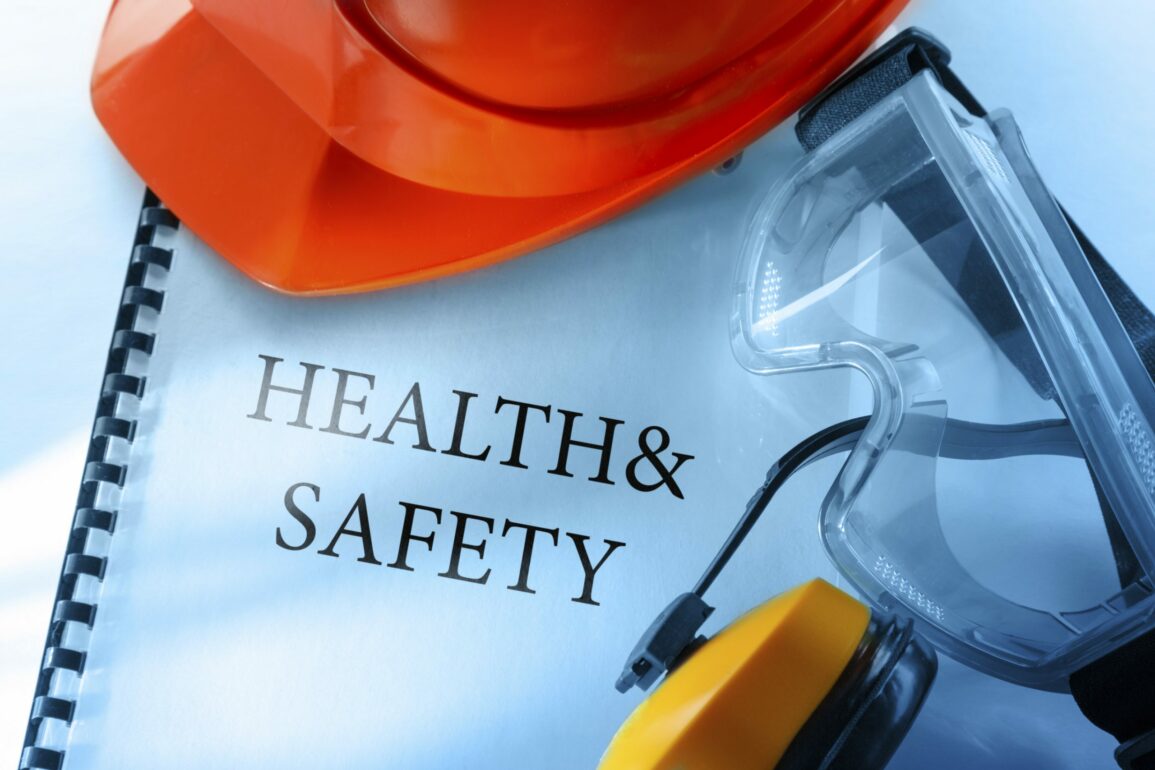Health and Safety Management: An Introduction in the UK
In the United Kingdom, Health and Safety (H&S) management is a critical aspect of ensuring the well-being of employees and maintaining compliance with laws and regulations, primarily governed by legislation in England and Wales. This introduction provides an overview of key principles and legal considerations associated with H&S management in the workplace.
Key Components
Legal Framework
H&S management in the UK is underpinned by a comprehensive legal framework, including the Health and Safety at Work Act 1974, which places a duty on employers to ensure the health, safety, and welfare of their employees.
Risk Assessment
A fundamental principle of H&S management involves conducting risk assessments. Employers must identify potential workplace hazards, assess the risks, and implement measures to mitigate them, ensuring a safe working environment.
Duty of Care
Employers have a legal duty of care towards their employees, visitors, and the public. This includes providing safe equipment, competent co-workers, and adequate training, as well as maintaining safe systems of work.
Employee Involvement
Successful H&S management encourages active participation from employees. Employers are obligated to consult with employees on matters affecting their health and safety, fostering a collaborative approach to risk mitigation.
Training and Information
Adequate training and information are essential components of H&S management. Employers must ensure that employees are trained to carry out their tasks safely and are aware of relevant health and safety procedures.
Emergency Planning
Effective H&S management involves planning for emergencies. Employers must have emergency procedures in place, including evacuation plans and first aid provisions, to respond promptly to unforeseen incidents.
Monitoring and Review
Regular monitoring and review of H&S policies and procedures are crucial for maintaining effectiveness. Employers must assess the ongoing suitability of their measures and make necessary adjustments based on changing circumstances.
Legal Compliance
Compliance with specific regulations, such as those related to hazardous substances, personal protective equipment, and workplace ergonomics, is essential for H&S management. Failure to comply may result in legal consequences.
Reporting Incidents
H&S management includes a robust incident reporting system. Employers are required to report certain workplace accidents, injuries, and near misses to the Health and Safety Executive (HSE) or the local authority.
Continuous Improvement
H&S management is an evolving process, and employers are encouraged to foster a culture of continuous improvement. Regularly reviewing and enhancing health and safety measures contributes to the overall well-being of the workforce.
What is the primary legislation governing Health and Safety (H&S) management in the UK?
The Health and Safety at Work Act 1974 is the key legislation governing H&S management in the United Kingdom, placing a duty on employers to ensure the health, safety, and welfare of their employees.
Why is risk assessment a fundamental aspect of H&S management?
Risk assessment is essential in identifying potential hazards in the workplace, evaluating associated risks, and implementing measures to mitigate those risks, contributing to a safe working environment.
What is the duty of care that employers owe to their employees in terms of H&S management?
Employers have a legal duty of care to provide a safe working environment, including safe equipment, competent co-workers, and adequate training, to ensure the health and safety of employees.
Why is employee involvement crucial in H&S management?
Active participation of employees in H&S matters fosters a collaborative approach to risk mitigation. Employers are obligated to consult with employees on health and safety issues affecting them.
What training and information should employers provide for effective H&S management?
Employers must ensure that employees receive adequate training to carry out their tasks safely. This includes awareness of health and safety procedures and the use of protective equipment.
How does H&S management incorporate emergency planning?
Effective H&S management involves planning for emergencies. Employers must have procedures in place, including evacuation plans and first aid provisions, to respond promptly to unforeseen incidents.
Why is monitoring and review important in H&S management?
Regular monitoring and review of H&S policies and procedures help maintain their effectiveness. Employers need to assess the ongoing suitability of measures and make necessary adjustments based on changing circumstances.
What specific regulations should employers comply with in H&S management?
Employers must comply with specific regulations related to hazardous substances, personal protective equipment, workplace ergonomics, and other relevant guidelines to ensure H&S compliance.
What incidents should employers report in H&S management, and to whom?
Employers are required to report certain workplace accidents, injuries, and near misses to the Health and Safety Executive (HSE) or the local authority as part of an effective incident reporting system.
How can employers foster a culture of continuous improvement in H&S management?
Creating a culture of continuous improvement in H&S management involves regularly reviewing and enhancing health and safety measures, incorporating feedback, and striving for ongoing advancements in workplace safety.
- Press Release – Product Update Announcement - July 19, 2024
- Press Release – New Service Announcement - July 19, 2024
- Press Release – Company Contract Award - July 18, 2024









